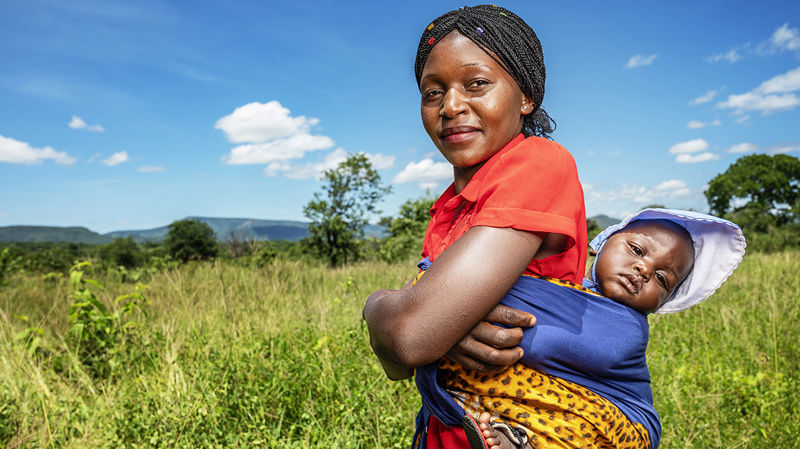How we achieved change around the world year 2023

Support from donors and sponsors allows the Finnish Red Cross to help those most in need of our help quickly and efficiently. Read below about how we helped people around the world last year.
In 2023, the Finnish Red Cross participated in long-term development cooperation in ten countries in Africa, three countries in Asia and one country in the Middle East, supported by the Ministry for Foreign Affairs of Finland. Last year, 650,000 people received help through the development cooperation of the Finnish Red Cross.
One of the goals of the work against climate change was to increase communities’ disaster preparedness, as the progression of climate change will lead to an increase in extreme weather phenomena and, consequently, disasters and crises. With our help, many communities also adopted advance warning systems, which inform people about approaching threats before they occur.
We strengthened the healthcare services provided to mothers and children as well as the implementation of sexual and reproductive health and rights. We did so by supporting important healthcare services through which women and children gained access to a maternity and child health clinic, monitoring of malnutrition and help for family planning, among other things.
In addition to development cooperation, we also delivered humanitarian aid to areas affected by disasters and crises. We continued responding to the humanitarian needs caused by the Ukraine crisis. We supported aid operations of the International Red Cross in Syria and Turkey after devastating earthquakes. We also helped those affected by an earthquake in Morocco and flooding in Libya. Additionally, we directed aid to the humanitarian crisis in Gaza.
We continued working in challenging environments where humanitarian aid and development cooperation cannot be separated from each other. We promoted access to vital healthcare services, increased awareness of international humanitarian law and helped our local partners improve their safety when engaging in aid work.
We strengthened our local partners, i.e. other Red Cross and Red Crescent Societies. In general, local operators have the most comprehensive understanding of the needs of their communities and their operating environment. They play a key role in the chain of aid and in ensuring that the entire International Movement is prepared for disasters and crises.
The international aid work of the Finnish Red Cross is made possible by the support of the Disaster Relief Fund donors, companies, the Ministry for Foreign Affairs of Finland and the European Union.
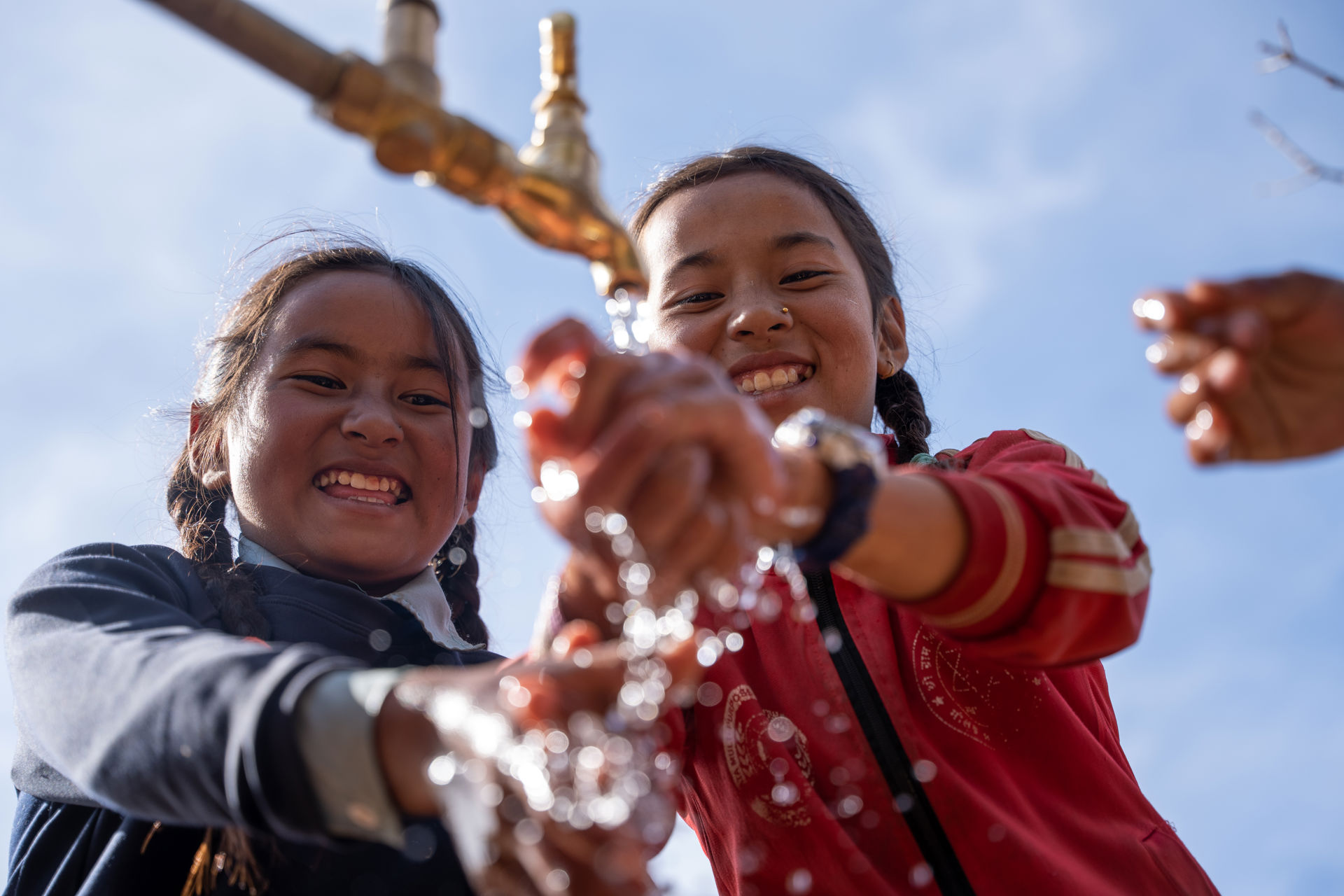
We helped people adjust to the effects of climate change
Because of climate change, extreme weather phenomena, such as drought and flooding, are increasing continuously. For this reason, it is important for communities to further strengthen their disaster preparedness.
We strengthened the resilience of communities and organised training on the crises caused by climate change and preparedness for them. We guided farmers to engage in climate-smart agriculture by means such as growing more drought-tolerant plant varieties and to start nursery gardens.
With our support, a total of 126,600 people were able to participate in community-level preparedness measures. Strengthening and maintaining local preparedness is key to reducing the effects of disasters, saving lives and safeguarding property and livelihoods.
We also developed advance warning systems that provide people with reliable weather forecasts and warnings, allowing them to prepare in advance for threats posed by extreme weather phenomena. A total of 142 communities now have an advance warning system in place.
Examples of climate actions that we supported together with our local partners:
- In Myanmar, 435 people took part in training through which we increased their knowledge of the risks posed by climate change. The participants passed on what they had learned to their communities.
- In Nepal, 14,200 people benefited from community-level preparedness measures. Additionally, 1,140 people received more information about climate risks.
- In Burundi, 66,600 people received information about upcoming weather phenomena through advance warning systems or improved weather services.
- In Malawi, nursery gardens were started and 65,500 trees were planted to combat climate change.
- In Ethiopia, almost 2,400 people received help for strengthening their livelihoods in order to adjust to climate change through training, for example.

Responding to challenges caused by climate change in Zimbabwe
Last year, the worst drought in 35 years plagued southern Africa, including Zimbabwe. Due to climate change, dry and rainy seasons no longer follow their usual cycle, which hinders farming, for instance. In cooperation with the Zimbabwe Red Cross Society, we helped communities adjust to the hindrances caused by climate change.
We trained a total of 350 farmers to engage in climate-smart agriculture. Additionally, six fruit gardens were started and four training fields were established to teach seed production and farming methods.
We trained 60 volunteers in disaster response, and they in turn passed on what they had learned to their communities through various community meetings and house calls. This makes people better prepared for potential threats.
We installed 15 rain gauges for keeping records of precipitation and collecting data about the changing climate. Rain gauges also make it easier to estimate the appropriate time to sow the seeds for the next harvest. We trained volunteers to use the rain gauges as well as read and report on the results. More than 26,300 people benefited from these rain gauges, among other things.
We also developed a contingency plan for drought, and it was deployed before the dry season. This helped more than 21,000 people. The anticipatory measures defined in the contingency plan made it possible to boost crop production and reduce food insecurity.
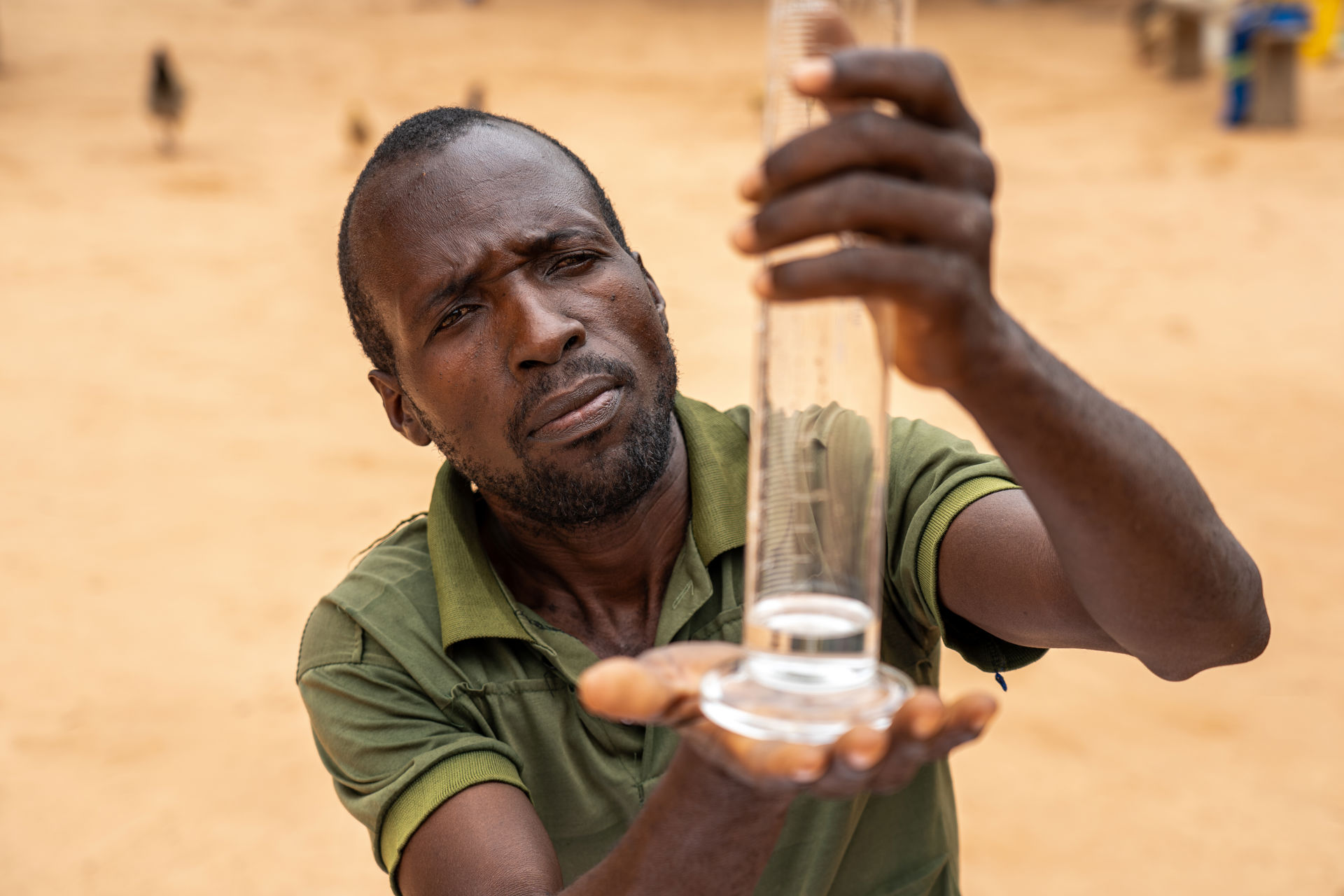
We improved female health
One of the focus areas of the Finnish Red Cross’s international work is promoting the health of women and children. We particularly improved their access to healthcare services, and we continued supporting the implementation of sexual and reproductive health and rights last year as well.
Last year, 93,100 people had access to high-quality and non-discriminatory sexual and reproductive health services through our work. We provided 1,187,900 people with information on how to prevent diarrhoea, pneumonia and malaria infections among children under the age of five.
We restored and built 86 water outlets through which more than 39,900 people now have access to clean water. Access to clean water is a vital necessity.
Examples of actions we supported together with our local partners for improving female health:
- In Burundi, monthly meetings were held to provide the participants with information on topics such as healthy nutrition and diets for children. These meetings were attended by a total of 3,000 people, of whom approximately half were men. Additionally, more than 19,100 children were screened for malnutrition.
- In Kenya, 174 students took part in discussion sessions focusing on topics such as sexual and reproductive health, prevention of sexual violence and promotion of gender equality. Comprehensive sexual education was provided for 2,000 people.
- In Myanmar, health information was spread to women and girls in particular but also to other members of the communities through house calls carried out by volunteers as well as mothers’ clubs and community meetings. We restored and built 13 water outlets.
- In Malawi, volunteers carried out 30,900 house calls to provide families with information on communicable diseases and the prevention of malnutrition. We also supported health centres operating in areas that are the most difficult to reach. These health centres treated 32,100 children under the age of five.
- In Ethiopia, 2,280 people received information about things such as reproductive health and rights. Menstrual hygiene packages were distributed to 100 girls. 1,030 students participated in discussions on practices harmful to health, as well as menstrual hygiene, among other topics.
- In South Sudan, 2,500 students received menstrual hygiene packages. 45 trained volunteers held 540 events that addressed better hygiene practices.
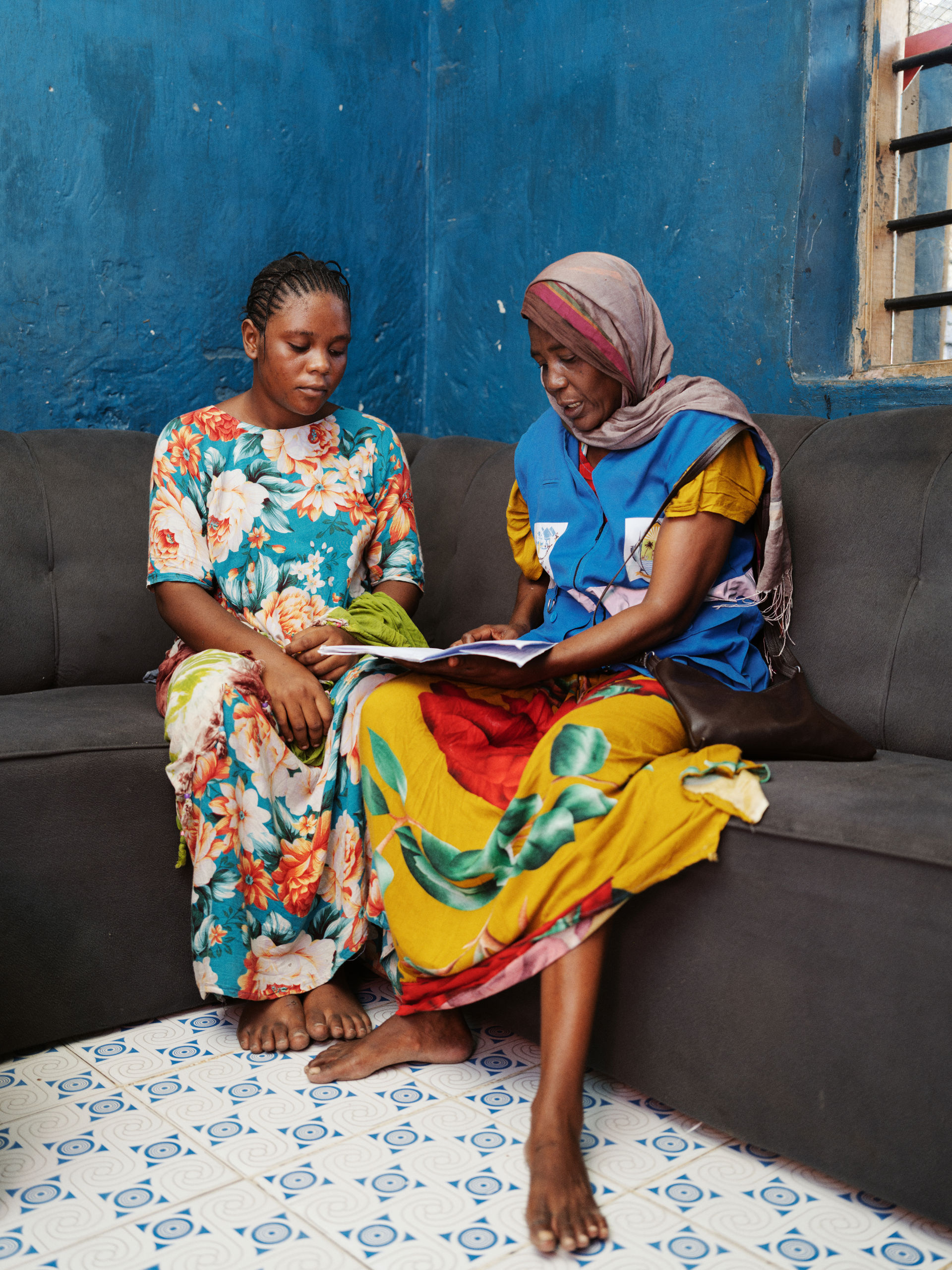
We supported the promotion of female health in Sierra Leone
The pregnancy and child mortality rates in Sierra Leone are among the highest in the world, and child marriages and teenage pregnancies are alarmingly common. More than one in five girls in Sierra Leone become pregnant at the age of 15–19.
We cooperated with the Sierra Leone Red Cross Society in order to improve the health and status of women and girls.
We organised several training courses on sexual and reproductive health. The training attracted participants from 62 communities. Among them were women and girls, men and boys, leading figures from communities and local authorities, among others.
We spread information to 40,700 people on the prevention and treatment of communicable diseases among children under the age of five. The prevention of disease and recognition of symptoms are very important in saving lives. Recognising the symptoms at an early stage of the disease facilitates quick access to appropriate care.
We restored and built 27 water outlets, which benefit 9,400 people. Clean water reduces communicable diseases and helps people stay healthy.
A total of 13,300 people received comprehensive sexual education, through which they gained information on contraception, the importance of care before and after childbirth, and the detrimental nature of forced and child marriages.
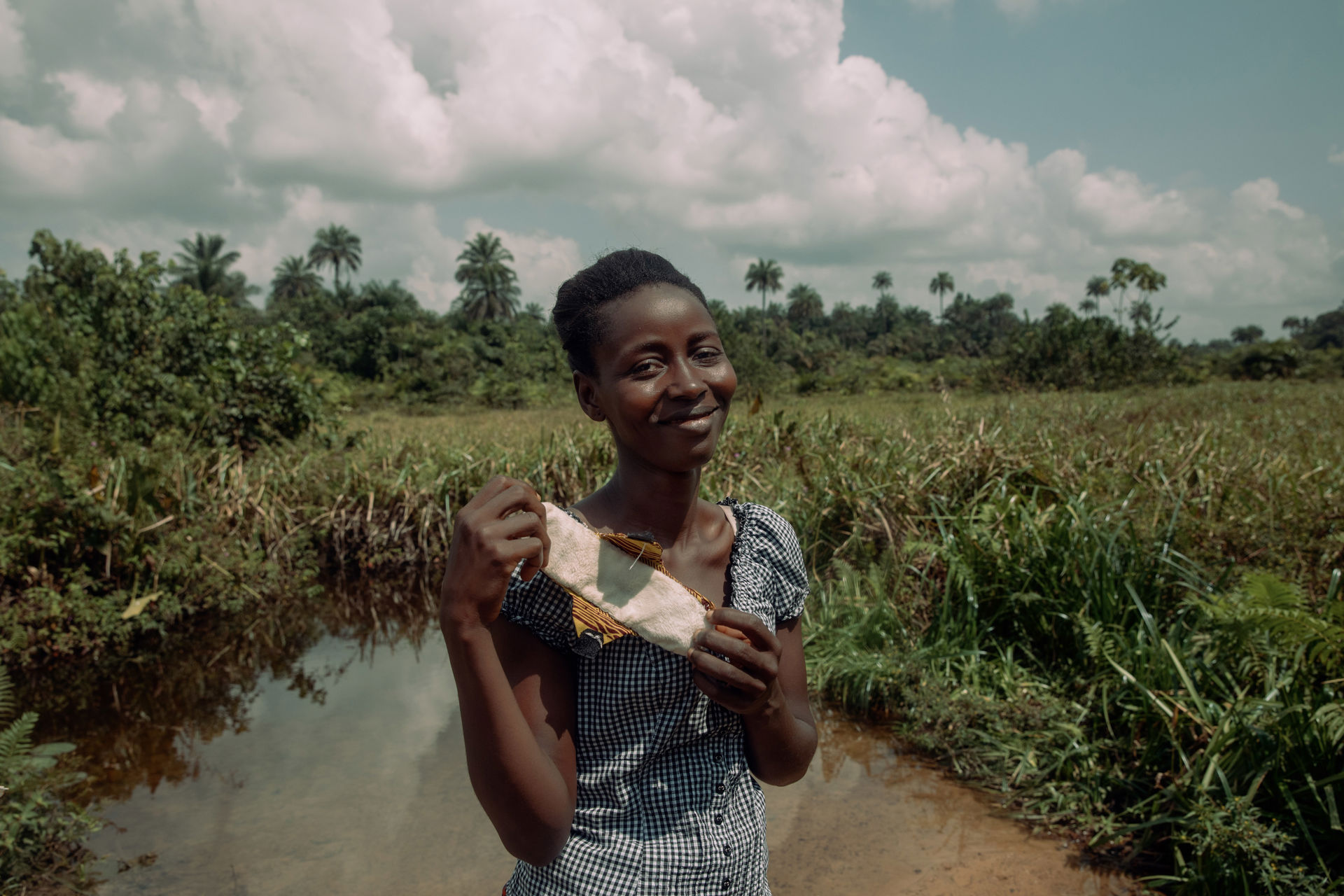
Humanitarian aid was needed around the world
Last year, there were a record number of people in need of humanitarian aid.
The need for aid in Ukraine remained enormous last year, and this will continue for a long time to come. The Finnish Red Cross supports the work in Ukraine with funds from the Ministry for Foreign Affairs of Finland and the Disaster Relief Fund.
The mobile health units we support delivered healthcare and social services where they were needed the most. The mobile health units will continue operating and delivering services to areas where the healthcare system is heavily strained due to people fleeing from the combat zones.
We also continued distributing cash assistance in Ukraine to help families buy essential supplies. Cash assistance was particularly distributed to persons forced to flee their homes and move to safer areas.
Earthquakes caused immense destruction in Turkey and Syria last year. We delivered material aid, such as blankets, mattresses, sleeping bags and tents, sent several aid workers and provided cash assistance to those affected by disasters. Additionally, we channelled funding to international aid operations through both the Ministry for Foreign Affairs of Finland and our Disaster Relief Fund.
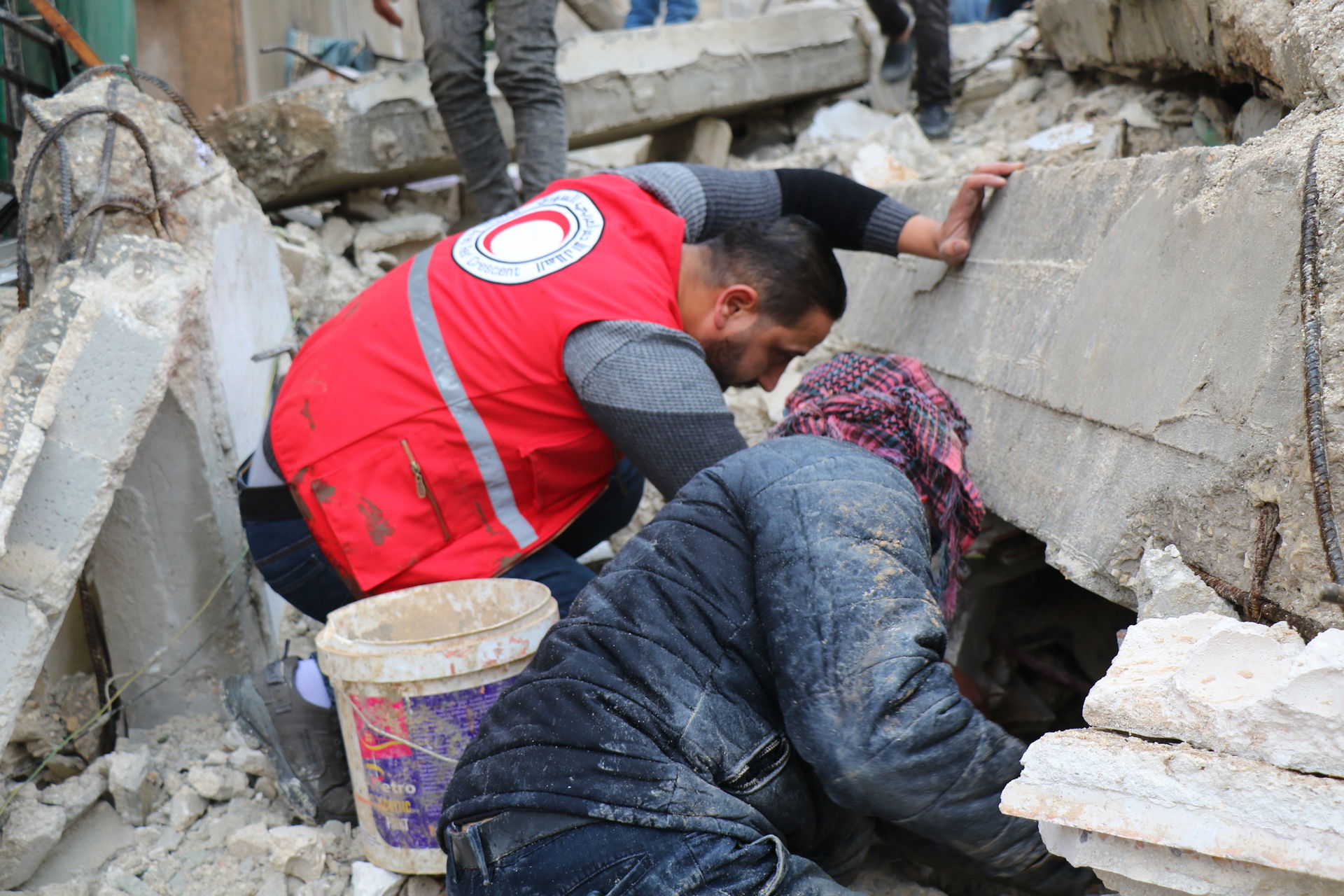
We dispatched a mobile health clinic to Syria in cooperation with several other Red Cross Societies. The clinic provided basic healthcare, offered health services for mothers and children, and treated infectious diseases. The Finnish Red Cross was in charge of leading the clinic operations for approximately two months, during which time the clinic treated approximately 3,000 patients. The equipment and clinic were left to the Syrian Arab Red Crescent after the operation.
We directed monetary aid from the Ministry for Foreign Affairs and allocated funds from our Disaster Relief Fund to the International Red Cross’s aid operation to help those affected by the earthquake in Morocco. Those who had lost their homes to the earthquake most urgently needed food, water and shelter.
We also sent aid workers to support aid operations in Morocco. For example, we sent an aid worker who worked as part of the logistics team led by the Swiss Red Cross.
We also supported the International Red Cross’s aid operation in Libya, where Storm Daniel caused massive flooding. The monetary aid supported the work of the Libyan Red Crescent to help those who had lost their homes to the floods.
The disaster struck in the middle of an internal armed conflict in Libya, and the local helpers worked in very difficult conditions.
The humanitarian situation in Gaza plummeted rapidly after the escalation of the conflict in October. We directed monetary and material aid to Gaza through the International Committee of the Red Cross from the funds of the Ministry for Foreign Affairs of Finland and the Disaster Relief Fund.
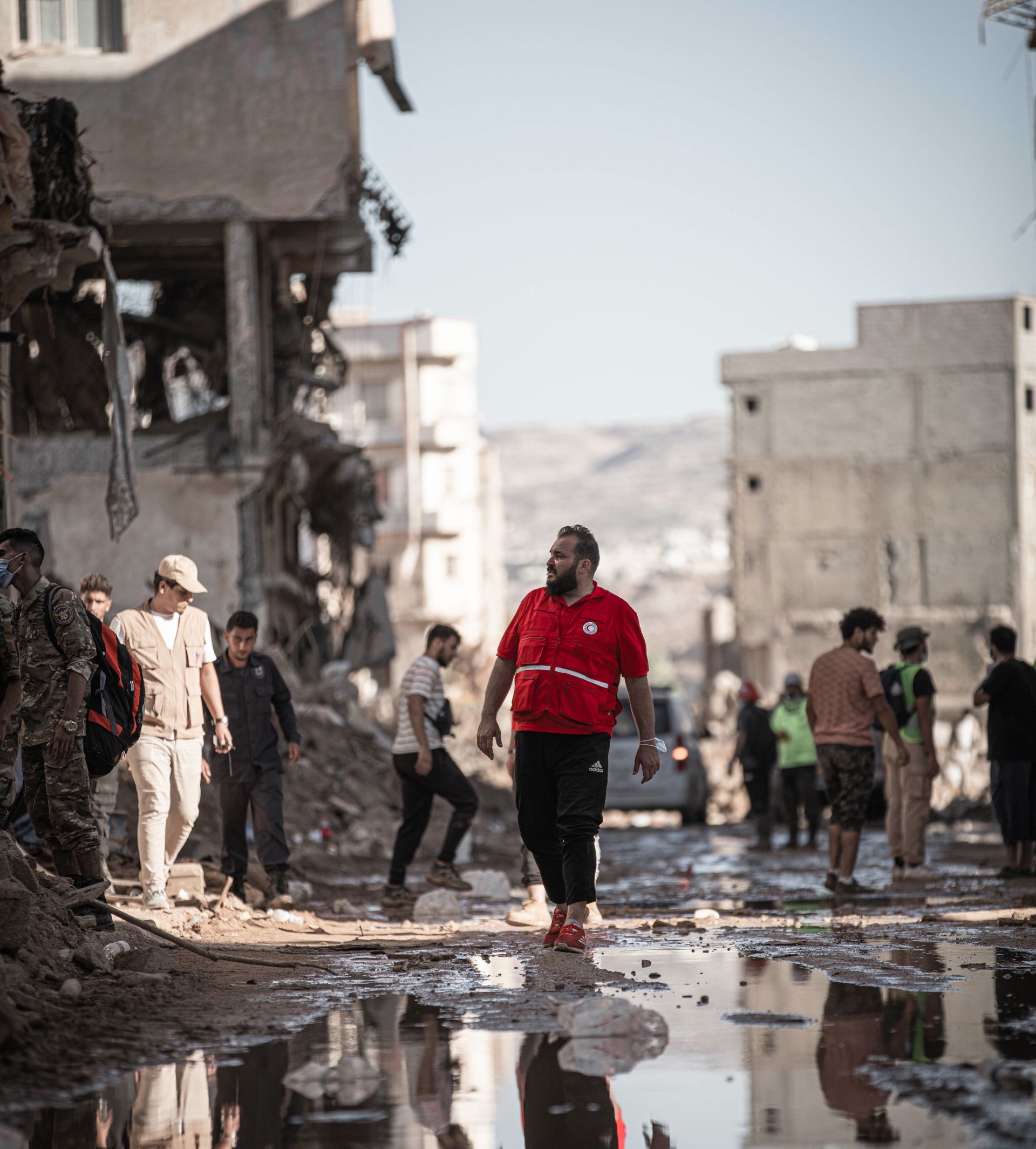
We helped in prolonged crises by means of humanitarian aid and development cooperation
We continued to work in the middle of prolonged humanitarian disasters, not only those in the public eye, but also those that have been left in the shadows. Many Red Cross or Red Crescent Societies work in complex and challenging environments where prolonged crises and conflicts are part of everyday life. In these crises, we focus on strengthening the relationship between humanitarian aid and development cooperation in particular.
We supported our local partners in meeting the long-term needs of their communities as well as providing immediate humanitarian aid. The volunteers of Red Cross and Red Crescent Societies play a key role in these efforts.
Examples of our work with prolonged crises from last year:
- In Yemen, 102,600 patients were reached with the help of the health centres we support. More than half of these patients were women.
- The mobile clinics in Niger provided 28,500 people with healthcare services such as care before and after childbirth, HIV testing and information about contraception.
- In Burkina Faso, 52 traditional birth attendants made 452 house calls to pregnant women. Additionally, they provided care during pregnancy 838 times and care after childbirth 151 times. They attended 446 childbirths.
- In Somalia, seven health centres supported by us reached more than 63,100 people. The health centres provided necessary healthcare services as well as sexual and reproductive health services. 35,100 children under the age of five received vital healthcare services. 26,000 mothers received information about healthy nutrition and diets for infants and young children.
- We continued to support communications in East Africa. We trained volunteers and workers of local Red Cross Societies in topics such as crisis communications, social media management and content production. We trained 24 workers of the Ethiopian Red Cross Society in Ethiopia and 28 workers and volunteers of the South Sudan Red Cross in South Sudan.
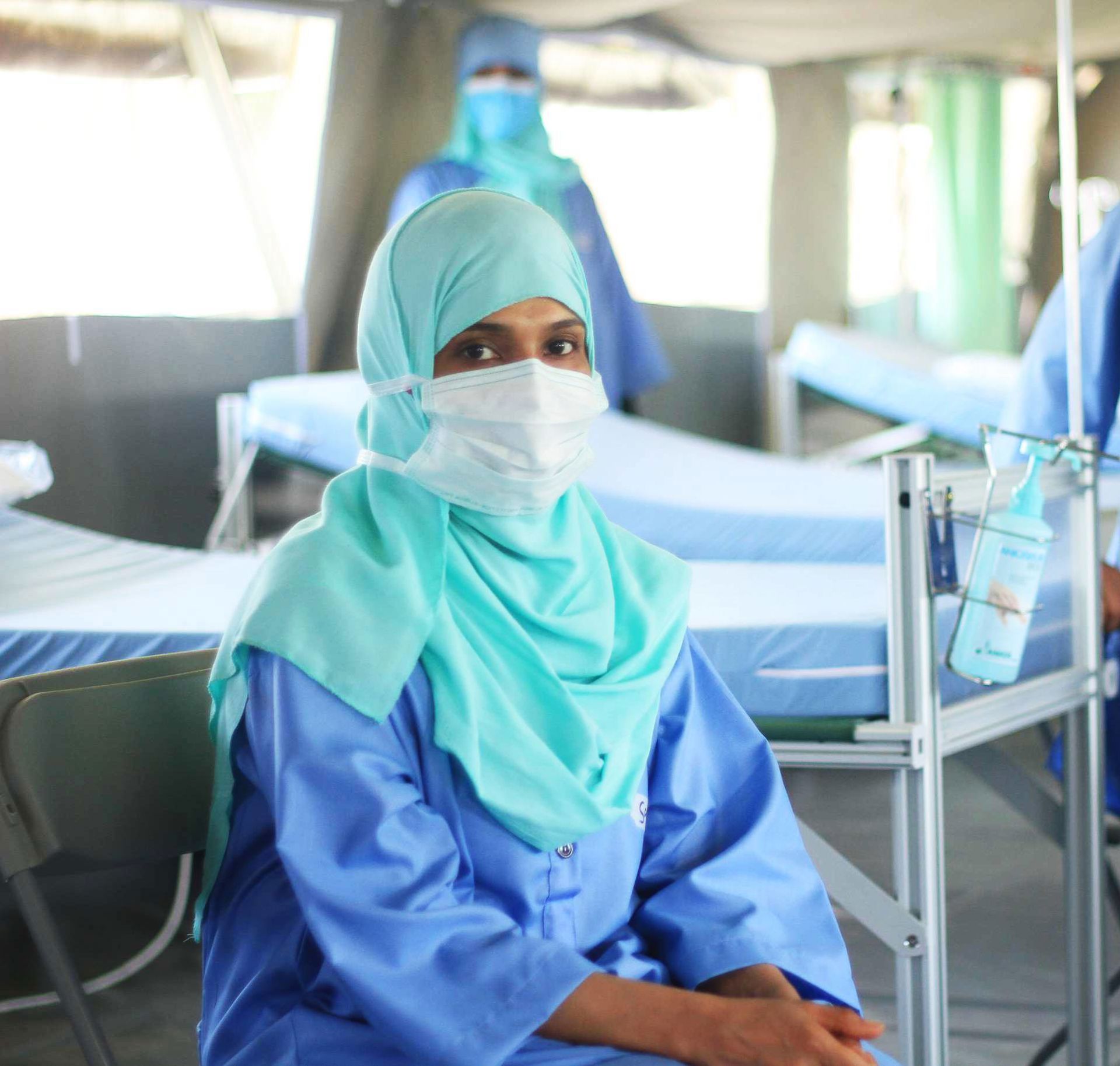
We provided help for the worsening crisis in Afghanistan
The prolonged humanitarian crisis in Afghanistan has grown significantly worse in the three years since the Taliban rose to power. The population is affected by extreme weather phenomena caused by climate change, such as drought and flooding, but also other disasters, such as earthquakes. Access to healthcare, clean water and other basic services is poor.
We have cooperated with the Afghan Red Crescent Society for decades. We continued providing long-term support and also delivered humanitarian aid.
Last year, four mobile health teams of the Afghan Red Crescent Society that we support reached more than 52,300 people, of whom more than half were women. The mobile health teams offered primary healthcare services and vaccinations, for instance.
The availability of clean water and hygiene practices were improved at schools by digging ten new wells. Additionally, more than 2,400 hygiene packages were distributed to schoolgirls at six schools. These hygiene packages contained things such as soap, sanitary pads, a toothbrush, toothpaste and a towel.
We set up 30 new health teams, which reached 225 men and 225 women. The health teams received training in family planning, menstrual hygiene, care during and after childbirth as well as caring for the newborn, among other topics. Of these teams, 15 were formed by grandmothers who particularly shared information on the promotion of the health and wellbeing of newborns and young children. Additionally, 350 women received information on topics such as breastfeeding and caring for newborn children.
A total of 920 volunteers from the Afghan Red Crescent Society, of whom half were women, received training in topics such as first aid, providing psychosocial support, and reproductive health.
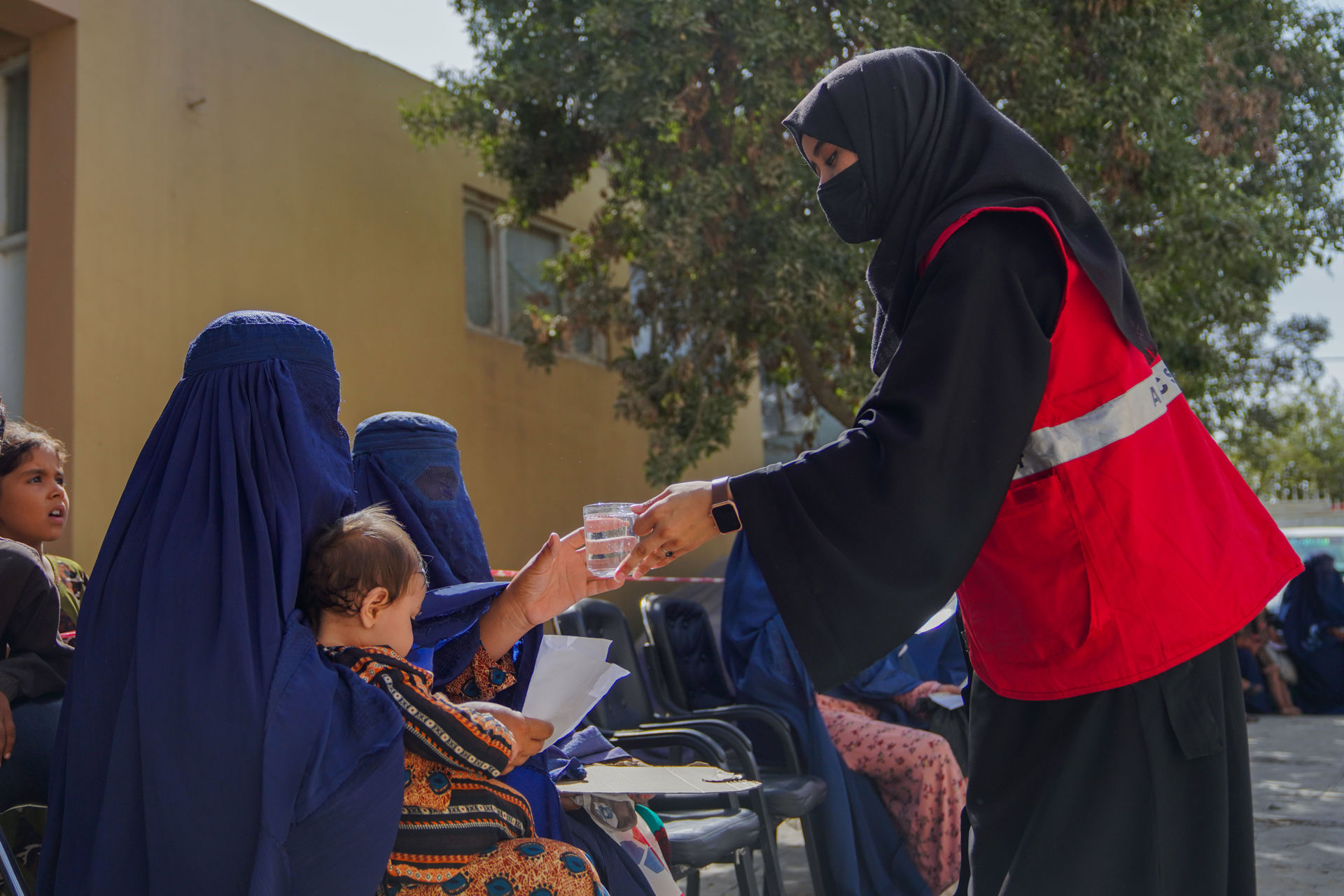
We strengthened our local partners
The objective of the Finnish Red Cross’s development cooperation is to support our partner societies so that they are able to operate as noteworthy humanitarian operators in their countries.
Local Red Cross and Red Crescent Societies are responsible for their own development, while we provide support. The support we provide always depends on the case and comes in many shapes. This includes support for fundraising and administration as well as development of volunteer activities, for example.
Our partner societies play a key role in allowing the voices of the local communities to be heard, and the aid provided meets their needs. Each Red Cross and Red Crescent Society benefits from having members and volunteers from as diverse a range of backgrounds as possible. This allows us to ensure that the opinions and views of different groups are represented.
Examples of our work to support our partners:
- We held a total of 17 training courses for Red Cross and Red Crescent workers in different countries in order to inform them about the rights and participation of persons with disabilities.
- We supported the Sierra Leone Red Cross Society in various financial administration tasks, such as auditing.
- In cooperation with the Burundi Red Cross, we provided their workers and volunteers with training in topics such as the Red Cross Movement and its principles as well as its code of ethics.
- We cooperated with the Malawi Red Cross Society to develop their volunteer management system. The Malawi Red Cross Society succeeded in registering more than 6,000 volunteers last year.
- We supported 11 branches of the Somali Red Crescent Society in conducting assessments that provided the branches with information on what they should develop and improve to further enhance each branch’s operations.
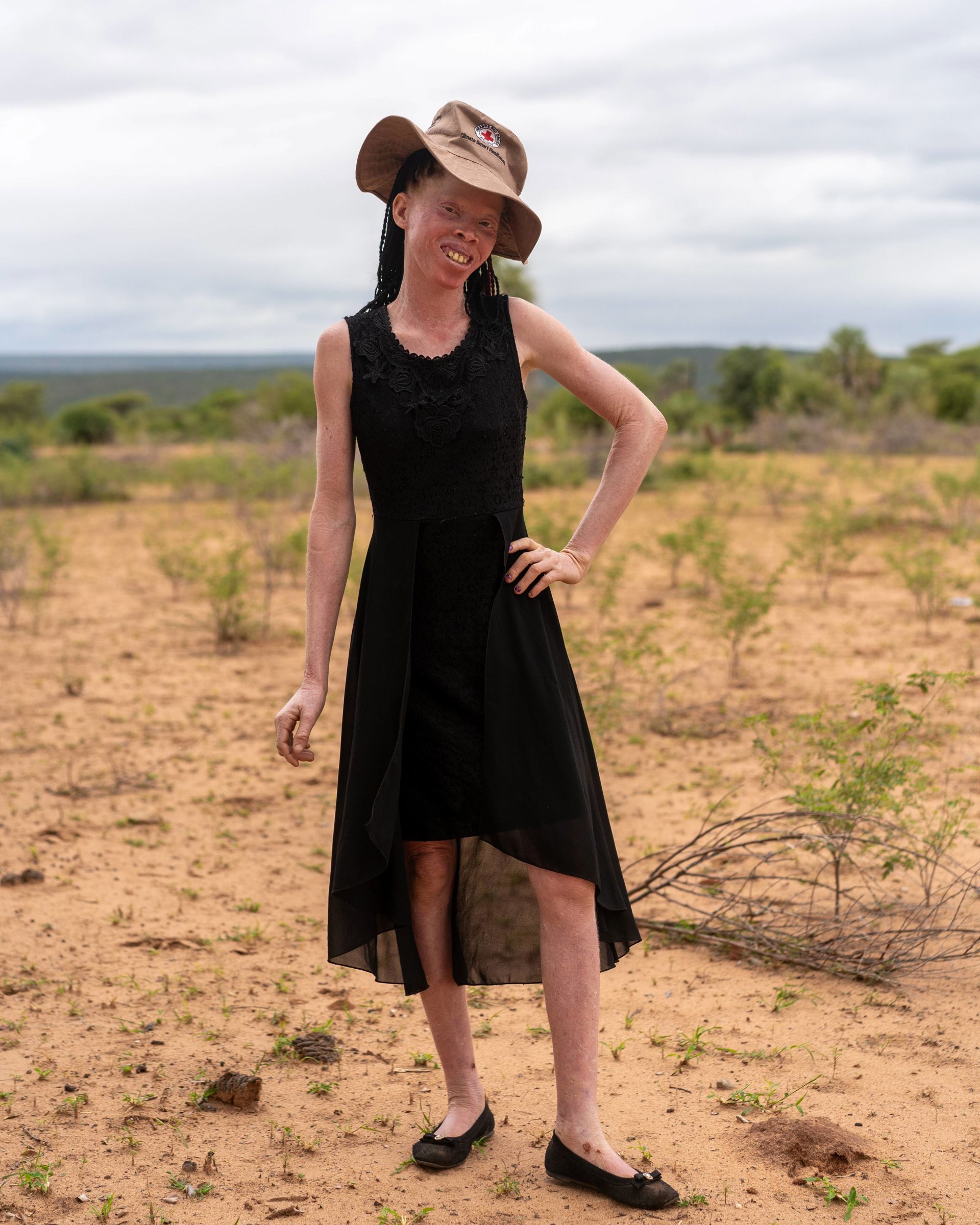
We supported the operational capacity of the Nepal Red Cross Society
We particularly focused on three different areas to strengthen the Nepal Red Cross Society: financial administration, promoting protection, equality and participation as well as developing fundraising.
We organised a three-day training course in financial administration for workers and volunteers of the Nepal Red Cross Society. The training went over topics such as obtaining aid supplies in the event of a disaster, inventory management and transport of aid supplies. The training makes it possible to ensure the ability of the Nepal Red Cross Society’s districts to also act efficiently and quickly in the event of a disaster.
By promoting protection, equality and participation in our programmes, we can ensure that our aid reaches various groups as comprehensively as possible. Moreover, we are able to diversify our activities through the inclusion and engagement of people excluded from society.
Last year, we trained workers of the Nepal Red Cross Society in issues related to protection, equality and participation in particular. Two teams related to this theme were also established. These teams carried out advocacy work and addressed topics such as ways to increase the percentage of women in leadership positions and how to better facilitate the participation of various groups in volunteer work.
We supported the establishment of ten Red Cross clubs at different schools. These clubs had 110 pupil members in total. The objective of these clubs is to introduce young people to the principles of humanitarian action and encourage them to become Red Cross volunteers.
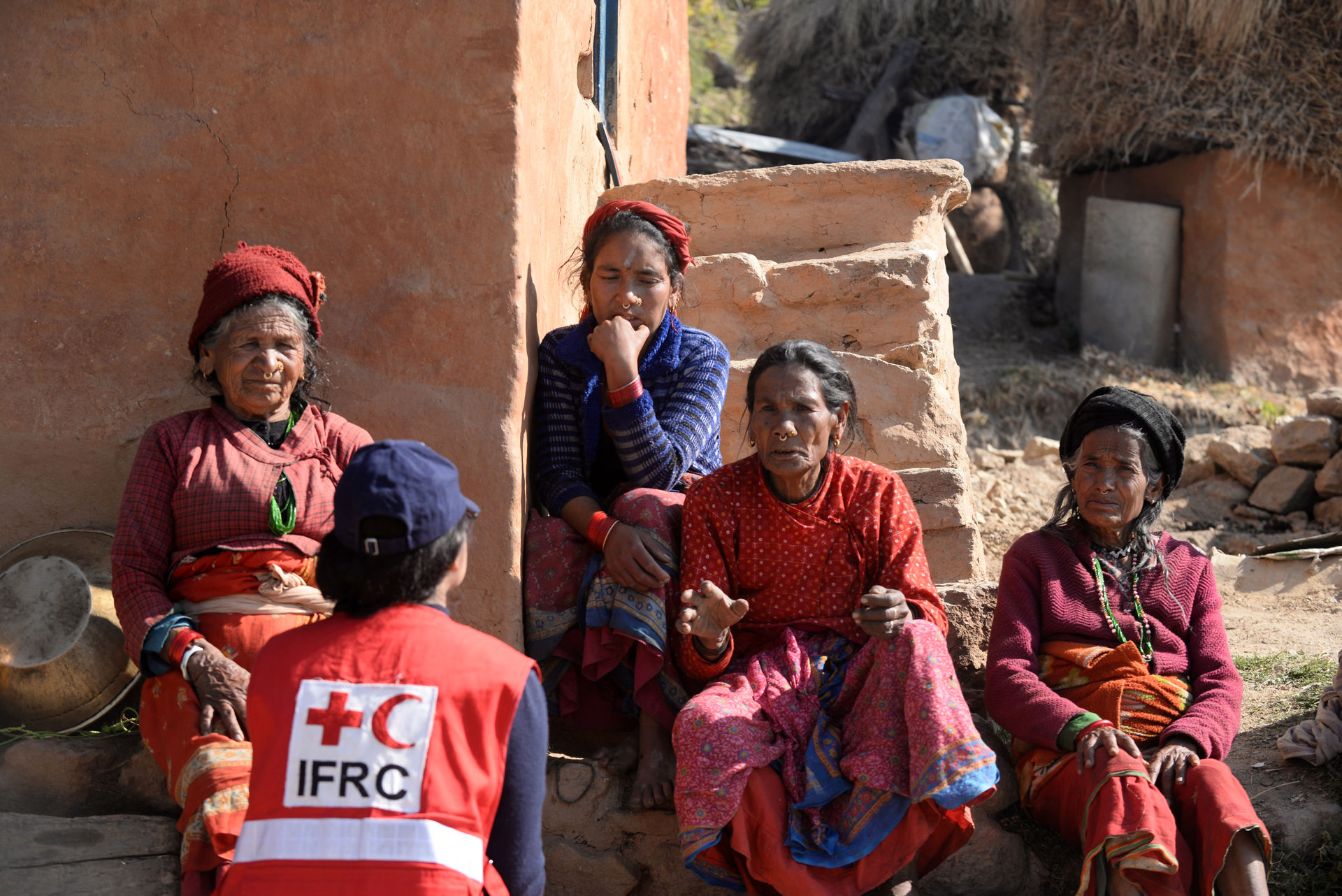
Text: Sini Anttila
International Communications Producer
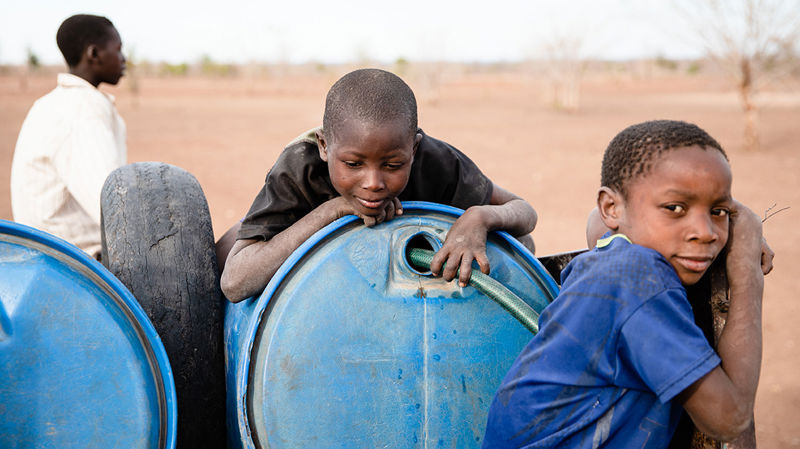
The international aid of the Red Cross
